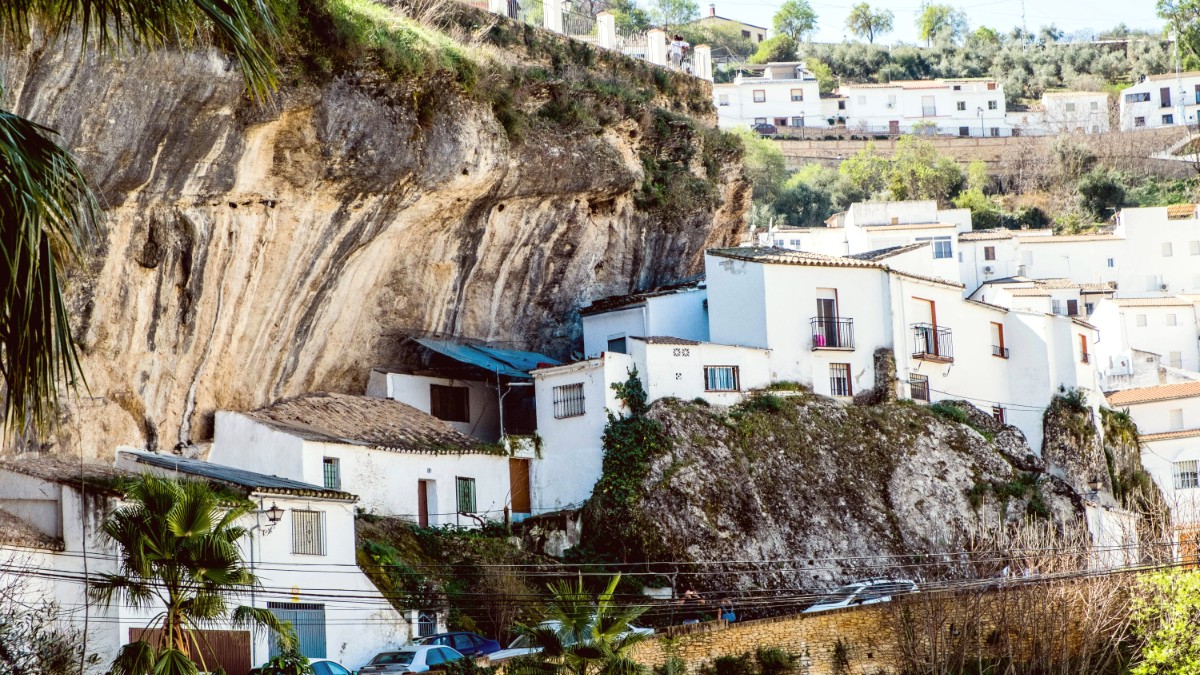
Andalucia, Spain
The main public transit system in Marbella is the local bus network, operated by Urbanos de Marbella (Marbella Bus). These buses connect various parts of the city, from the Old Town to Puerto Banús and surrounding areas like San Pedro de Alcántara. The network provides an affordable way to move within Marbella, especially for longer distances.
The central hub for both local and intercity bus routes is the Marbella Bus Station (Estación de Autobuses de Marbella), located slightly north of the city center.
Buses generally operate from early morning (around 6:00-7:00 AM) until late evening (10:00 PM to midnight). Popular routes run every 15-30 minutes during peak hours, with reduced service on weekends and holidays.
Newer buses are equipped with ramps and designated spaces for wheelchair users. Older parts of the city (Old Town) with cobblestones may pose challenges for mobility. The promenade is flat and accessible.
Use Google Maps for real-time routes. Signal the bus driver clearly at stops. Having exact change for single tickets smoothes the boarding process.
Accepted for single tickets directly with the driver.
Rechargeable for discounted fares.
Widely accepted at ticket machines or for top-ups.
Essential for real-time bus routes and timings.
Taxis and ride-sharing services offer convenient, door-to-door transportation in Marbella, especially for longer distances or late-night travel.
Buses are more economical for airport transfers and local travel.
Ride-sharing apps often offer competitive, upfront fares.
Taxi fares are metered; ride-sharing has dynamic pricing, especially during busy times.
Rental vehicles offer independence and flexibility for exploring Marbella and its surrounding region. From cars to scooters and bicycles, various options are available.
Marbella has several bike rental shops. You can rent city bikes, mountain bikes, or e-bikes by the hour, day, or week.
Good for exploring the promenade or mountain trails.
Marbella does not have a major city-wide public bike-sharing scheme like larger European cities.
Plan to use private rental shops.
Booking your rental car in advance is recommended, especially during high season, to secure better rates and ensure vehicle availability. DiscoverCars.com offers competitive rates.
Essential for popular dates.
Marbella is a city that invites exploration on foot or by bicycle, especially in its pedestrian-friendly areas. This offers an unique perspective on the city's charm and natural beauty.
Marbella features small tourist trains or trolleys. These often operate scenic routes around the Old Town, along the promenade, and to Puerto Banús.
A popular and scenic way to travel between Marbella and Puerto Banús is by small ferry. Companies like Fly Blue offer regular departures.
Numerous companies offer private yacht charters from Puerto Banús, ranging from half-day trips to longer excursions along the Costa del Sol.
Marbella offers unique transportation options for tourists, providing enjoyable ways to see the city from different perspectives beyond standard modes.
Marbella does not feature cable cars or funiculars as a mode of public or tourist transportation.
Modern areas and newer public buses are generally accessible. Old Town streets can be challenging due to cobblestones.
Whether walking, cycling, or using public transport, planning your routes in advance saves time and enhances your exploration of Marbella.
Embrace the diverse ways to move around this city, tailoring your transport to your daily adventures.